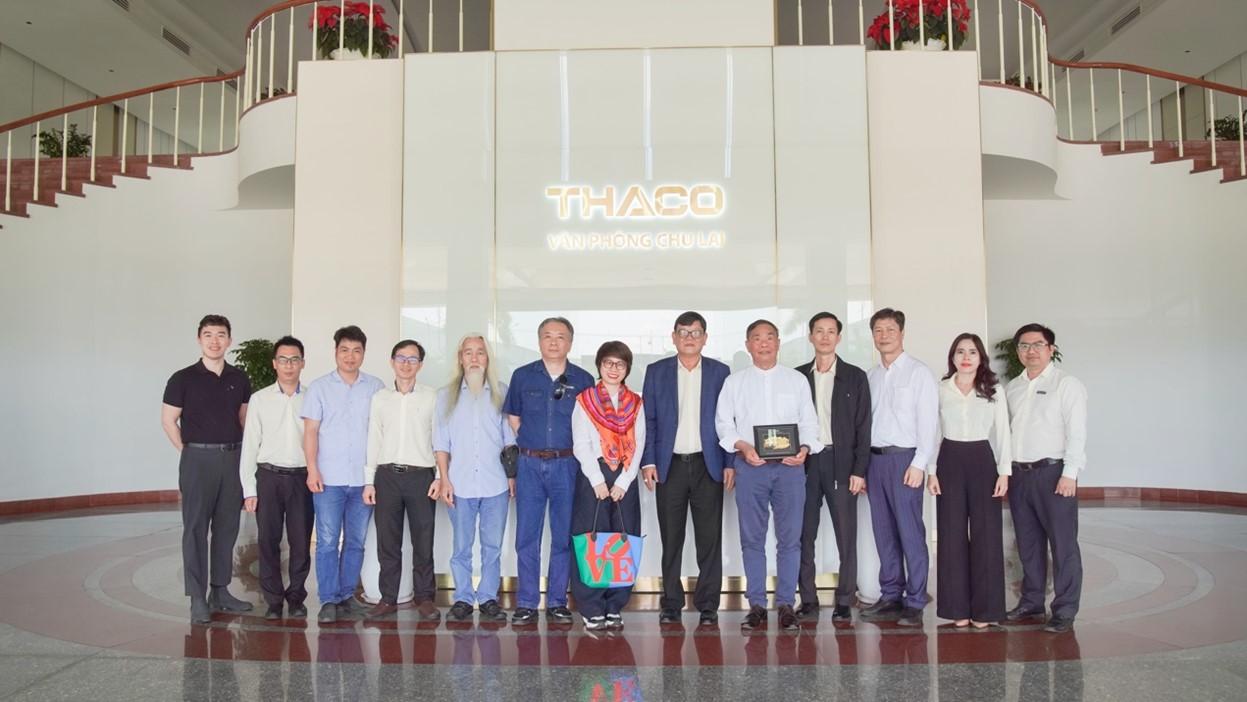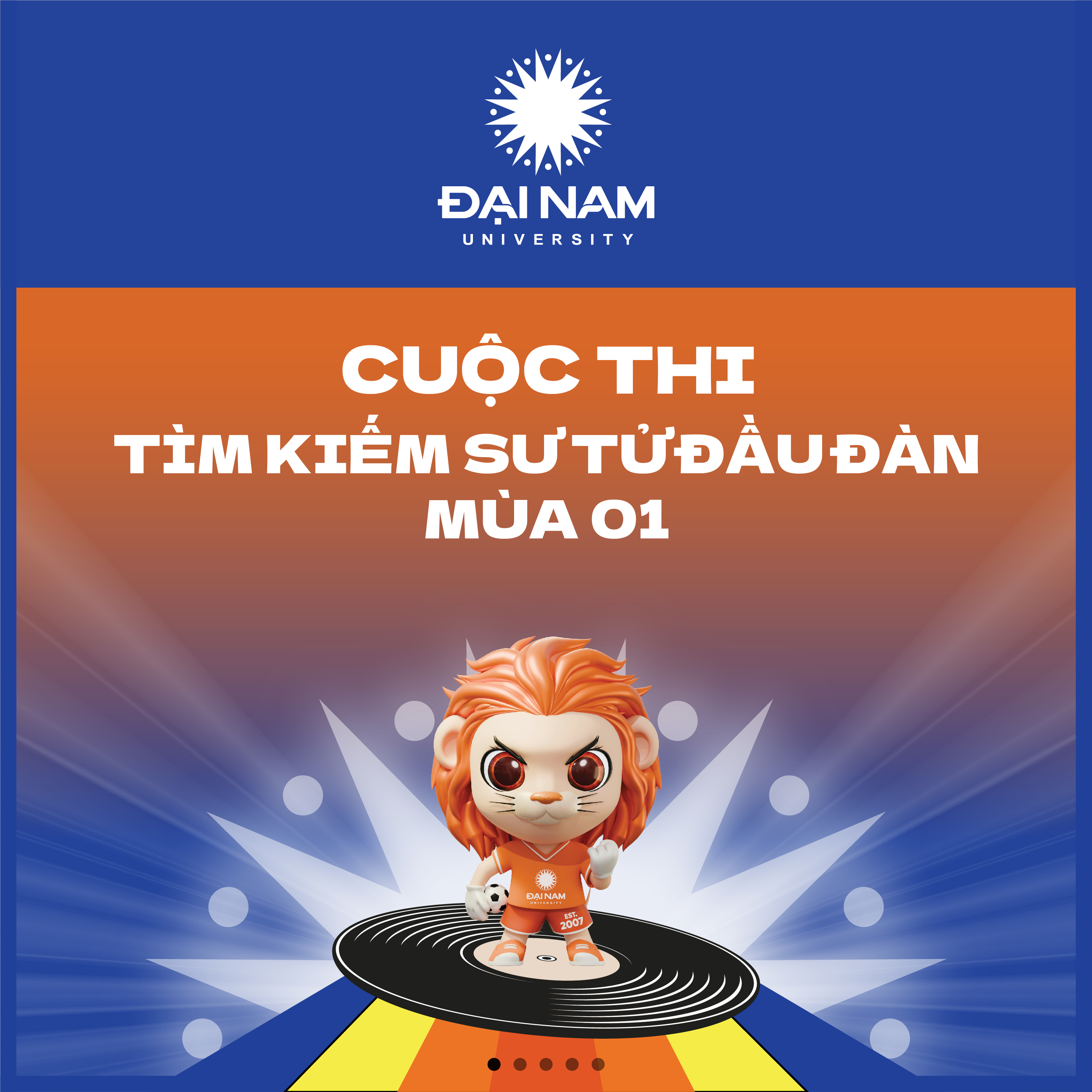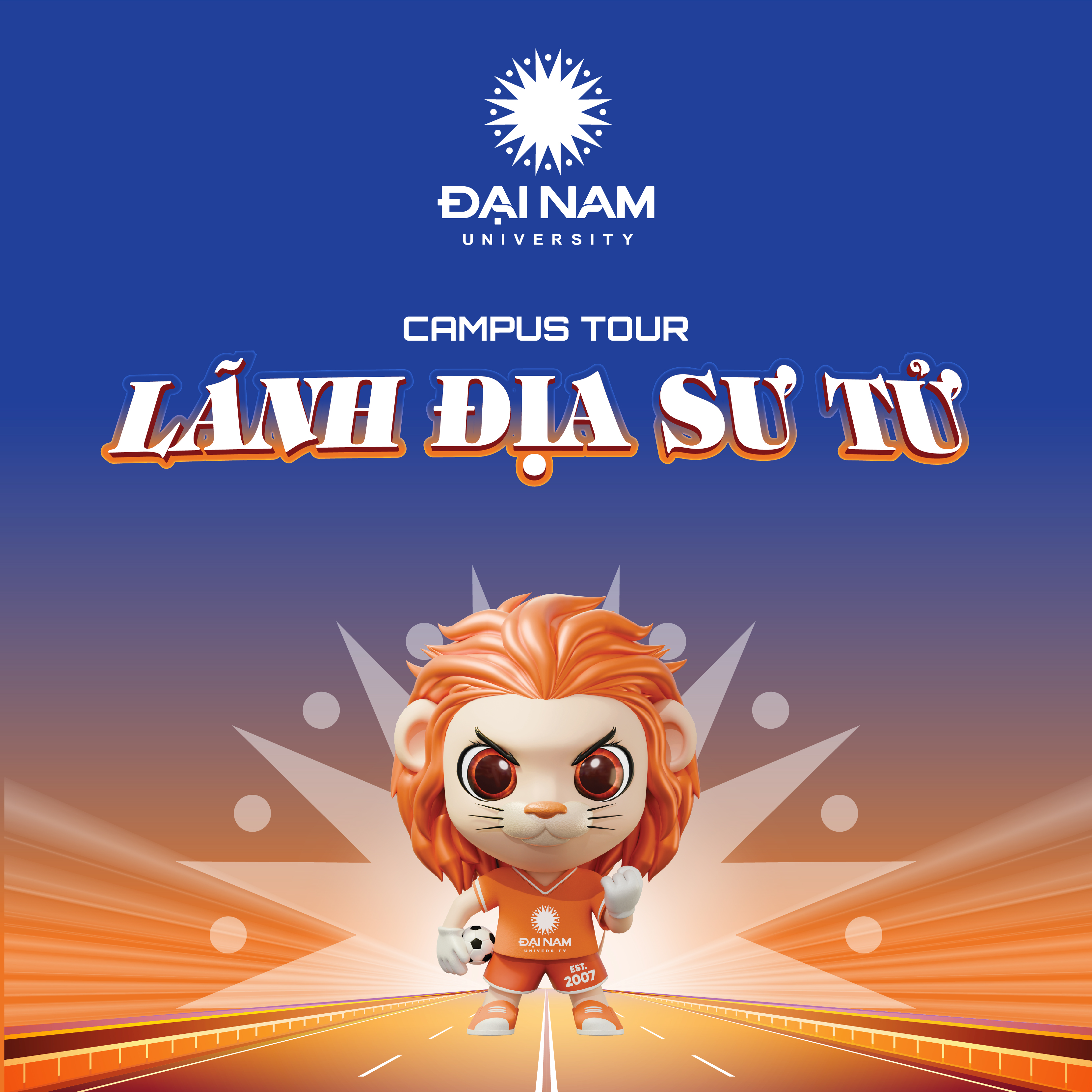Is cryptocurrency a new form of money?
Posted date 12/04/2018
10.652 view

Today’s news continues to report on Bitcoin – what most of us call virtual currency, a famous “virtual currency”! The value of currency is closely linked to changes in macroeconomic variables such as inflation, exchange rates, interest rates…
MSc. Nguyen Thi Nguyet LoanFaculty of Finance and Banking, Dai Nam University
------------------------------
Today's news continues to report on Bitcoin - what most of us call virtual currency, a famous "virtual currency"! The value of currency is closely linked to changes in macroeconomic variables such as inflation, exchange rates, interest rates... That is truly an important and complex issue! Through this article, the author wants to share a much simpler but equally interesting perspective on currency. These are the forms of currency development since its inception until now, so that you can better understand the terms being used on TV or in newspapers about currency such as: virtual currency, electronic currency, digital currency,... and also for you to "finalize" whether Cryptocurrency (digital currency) is a form of currency or not?
Tags: currency, digital currency, cryptocurrency, virtual currency, form of currency
1. Currency and history of development of monetary forms
Money – ranked 7th among the inventions that changed the economic and social life of mankind. Money was born around 3,000 BC, the Sumerians (the first people to settle in southern Mesopotamia and played an important role in the formation of Mesopotamian civilization) began to use money in all important transactions including trade and exchange of goods, replacing the traditional form of barter.
Money or money supply is understood as anything that is generally accepted in payment for goods and services or in the repayment of debts.
The form of money is the shape and state of existence of money through the development periods. Up to now, money has gone through 4 basic forms of development: Chemical money, Credit money (paper money and metal credit money), bank money and electronic money (Figure 1) and the most recent one that has attracted everyone's attention is digital money (Cryptocurrency).
.png)
Figure 1. History of the development of monetary forms
CurrencyThis is a commodity currency. It is the first form of currency and has been used for a long time. Commodities used as currency are divided into two types: non-metallic commodities and metallic commodities. Therefore, currency also includes two types: non-metallic currencies and metallic currencies.
Non-metallic coins are the oldest form of money. They are often heterogeneous, perishable, difficult to divide, difficult to preserve and transport, and are only recognized in small areas and localities. For example, during this period, in Greece and Rome, people used cows and sheep, and in Tibet, people used tea cakes as money.
Because of the above limitations, right after the discovery of metals, people began to use metal currencies to replace non-metal currencies. In general, metals have many advantages over non-metal goods when used as currency such as: quality and weight can be converted more accurately and more easily. On the other hand, they wear out more slowly, are easy to divide, and their value is relatively stable... Metals commonly used as currency include: copper, zinc, gold, silver...
The earliest metal coins in China were made of lead, in the form of long, thin bars with holes. The first metal coins in England were made of tin; in Switzerland and Russia they were made of copper.
Through the practice of exchanging and circulating metal currencies, people gradually chose only two metals to use as long-term currencies, gold and silver, because of their uniformity, divisibility, storage, and circulation. Gold and silver metal coins first appeared in Asia Minor and Greece with embossed stamps (in 685-652 BC).
Currency (paper money and metal currency)
Cryptocurrency is a type of money that has no value in itself, but thanks to the trust of the people and the protection of the law, it is circulated and used legally. Cryptocurrency includes two types: metal cryptocurrency and paper money.
Note that metal money in the form of fiat currency is different from metal money in the form of fiat currency in that: In fiat currency, the value of the metal that makes up the money is equal to the value recorded on the surface of the coin (also known as full-value money, money with intrinsic value). In metal fiat currency, the value recorded on the surface of the coin (face value) is not a full reflection of the value of the metal cast into the money, that face value is simply a value that the issuing unit attaches to it (fiat currency has no intrinsic value, only legal value). Usually these metal fiat currencies (inferior metal currencies) are issued in the form of coins, and the quantity is not large because of high circulation costs.
Paper money comes in two types: convertible paper money and inconvertible paper money.
– Convertible paper money: is a piece of paper printed into money and circulated, replacing gold or silver money that people deposit at the bank. At any time, people can exchange that convertible paper money for gold or silver of equivalent value to the value written on that convertible paper money.
Paper money first appeared in China during the Song Dynasty. In Vietnam, paper money first appeared during the Ho Dynasty. In the West, convertible paper money appeared in the 17th century. Mr. Palmstruck, the founder of the Stockholm Bank of Sweden in the 17th century, is recognized as the first person to invent convertible paper money. In the East, convertible paper money appeared much earlier than in the West. In Vietnam, paper money was born in the 15th century, under the reign of Ho Quy Ly.
– Inconvertible paper money is a type of paper money that is required to be circulated by law and people cannot take it to the bank to exchange for gold or silver. This is the type of paper money that is used today in all countries in the world, including Vietnam. The value of inconvertible paper money is not guaranteed by gold but is regulated and committed to keeping the value stable by the issuing unit, usually the central bank of the country.
It can be said that World War I and the economic crisis of 1929-1933 were the main causes leading to the widespread use of inconvertible paper money.
The emergence of fiat money, especially inconvertible paper money (abbreviated as paper money), marked the replacement of value-signal money with full-value money (gold money), helping to overcome the shortage of means of circulation (due to the increasing scarcity of gold in nature, while the volume of goods in circulation and exchange is increasing). At the same time, the use of fiat money also significantly reduces circulation costs.
However, the circulation of fiat currency, because of its intrinsic value, cannot self-regulate and therefore, if the issuing unit does not manage and regulate it well, the circulation of fiat currency can easily fall into instability (for example, inflation..), besides, some fiat currencies such as paper money are also at risk of being counterfeited.
bad pen
Along with the strong development of the banking system, in parallel with the circulation of credit money, a new form of money appeared in circulation, developing quite quickly and strongly, which is pen money.
Pen money, also known as book money, is created when issuing credit through a bank account, so pen money has no physical form, it is just the numbers for payment or transfer of money shown on a bank account. In fact, pen money is immaterial money, but it also has the same properties as paper money, which is used in payment through bank payment instruments such as: checks, money orders, etc. Besides, it also has advantages over paper money, which are: safer, easy to convert to paper money, very convenient payment, quick confirmation.
In terms of origin, in economics, it is believed that pen money first appeared in the Bank of England in the mid-19th century, then gradually spread to other countries. Today, pen money is widely used in transactions in industrial and post-industrial countries.
Cryptocurrency
Electronic money is digital money, that is, money in the form of digital bits. Electronic money is only used in an electronic environment to serve electronic payments through information systems including computer networks, the Internet and electronic means stored in the database of the issuing organization (usually commercial banks) and is expressed in the form of currency on the account that the customer (buyer) opens at the issuing organization (commercial banks).
More specifically, electronic money is a means of electronic payment secured by electronic signatures, and like paper money, it functions as a means of exchange and accumulation of value. If the value of paper money is guaranteed by the central bank that issues it, then for electronic money, its value is guaranteed by the issuing organization (usually commercial banks) by committing to convert electronic money into paper money at the request of the owner.
The most popular electronic money today is used through an automated payment system, also known as an ATM (Automated teller machine). It is a computer system that is connected to the entire intermediary banking system and a money transfer box of the State Bank. When we go to an intermediary bank to deposit money, in addition to giving us a certificate confirming the deposit, this bank will give us a plastic card, inside of which is electronically encoded and a password for use. This card is considered money, however, considering this card a form of currency has not yet been unified because there are some opinions that it is only a means of payment.
Thus, from the time of its inception until now, the form of currency has changed and transformed clearly:
From the point where people only consider things that are truly valuable enough (scarce and have intrinsic value), tangible and tangible, to be generally accepted as currency (currency).
Gradually, people gave that role of money to other extremely compact means, even those means had an intrinsic value that was not worth comparing with what was written on its surface to help it exchange for goods and services (paper money).
Then, we even believe in the existence and exchangeability of money without ever seeing the currency, let alone touching it, we believe in the numbers on our computer screens and the text messages about our account balances.
The proof is that every day about $3 trillion changes hands in foreign exchange markets around the world. And it is based entirely on trust. It has to be when you can’t even touch the goods being exchanged. So we see that money is about trust, really, even deep faith! – Trust in the person paying you, trust in the central bank that issues the money, trust in the commercial banks that will pay your checks.
So sometimes the author thinks that money is not really metal (gold) as the Spanish mistakenly thought when they occupied the Incas for 250 years and mined more than 2 billion ounces of silver but still could not prevent their economic and political decline. But in fact, money is tied to trust. And it does not matter what that trust is tied to - paper, silver or seashells, or computer/phone screens, as long as people believe in it!
Our currency today is becoming more compact, “smarter”, more transparent and helps save circulation costs as well as transaction costs. Especially in the course of its history, money seems to be gradually dematerialized – people believe in it, use it for their transactions without touching it at all, without even seeing it!
2. The story of cryptocurrency
Digital currency, also known as Algorithmic Money, is a type of digital currency (cryptocurrency or crypto), created by complex encryption algorithms based on open source software, appeared in 2008. It can be exchanged and transacted directly using devices connected to the Internet without going through an intermediary financial institution, not under the management of any individual, organization or country, transactions are completely done immediately and anonymously. For example, you in Vietnam send money to the US with just a few steps, the person in the US receives the money immediately.
Currently, there are a total of about 214 countries and territories in the world with about 200 types of paper money in circulation. But there are about more than a thousand different types of Cryptocurrencies, the most prominent of which is Bitcoin (BTC).
Bitcoin started trading on the Mt.Gox exchange in June 2010, and by 2013, Bitcoin was used for both payment, commodity trading and investment assets. All other coins are collectively called Altcoins such as: Ethereum (ETH), Ripple (XRP), Litecoin (LTC), Monero (XMR), DASH, Ethereum Classic (ETC), IOTA (MIOTA) or NEM (XEM),...
Besides, we also see the appearance of a new term, which is “virtual currency”. So what is virtual currency? Is Bitcoin a virtual currency?
With virtual currency, people often have 3 different understandings about it:
(1) A type of money that cannot be held, has no specific physical form and is used in an electronic environment is called Virtual Money.
(2) Is a type that has no real value and is not guaranteed by cash, gold or valuable assets.
(3) This is the type of currency commonly used to pay and buy items in electronic games. Each type of game has a different type of currency and they cannot be exchanged with each other or taken outside the electronic environment to buy other products and services.
The concept of Virtual Currency was created, widely used and most widely by this third understanding. With this type of currency, the balance can be managed by these organizations and easily changed by the issuing organization without affecting the financial system as well as the market economy. Thus, it can be concluded that Bitcoin is not virtual currency, it is digital currency and has many characteristics of an electronic currency. However, digital currency or Bitcoin has many other unique features.
It can be said that digital money was born as a revolution in electronic payment when its advantages are enormous:
- Bitcoins can be transferred directly from person to person over the internet without going through a bank or clearing house, which means transaction fees are greatly reduced. You can use them anywhere in the world, your account cannot be frozen. And there are no prerequisites or arbitrary limits. Let's see how it works!
- Digital currency is created entirely on the internet, by anyone running a free application called a “bitcoin miner”. To mine bitcoins, miners must perform a certain amount of work with difficulty that is automatically changed by the network so that the number of bitcoins generated is maintained at a predictable and limited rate.
- Bitcoins are stored in an electronic wallet similar to when we use online banking services. When transferring bitcoins, you need a digital signature. After a few minutes, the transaction will be checked by a miner and stored permanently, anonymously on the network.
- Bitcoin software is completely open source and anyone can read the code. Bitcoin has changed the financial industry, just like the web changed newspapers. When everyone joins the global market, great ideas are born. Let's see how bitcoin is used in practice through the example below?
ü You can buy video games, gifts, server books, and even socks made from camel wool.
ü You can also exchange them for paper money like USD, EUR and some other currencies.
ü Bitcoin is an effective attention-grabbing tool for small businesses and freelancers. Because it has no usage fees, it prevents chargebacks in online payments.
ü It is even possible to make some business out of the bitcoin economy.
Along with the above advantages, digital money will also have certain disadvantages such as: Not many people use it yet; A bit difficult to use; Crime, hackers, money laundering are rampant due to anonymity and decentralization.
So perhaps we should agree that so far, the value of Digital Currency, like Bitcoin, is not in its role as currency, it is a technology, an investment asset with much promise but also many potential risks.

Chart 1: Bitcoin Legality Around the World
· Gold: The law does not prohibit but also does not support
· Red: Laws against bitcoin
· Blue black: Unknown
The reason I say that is because up to now, it has not been accepted by any government as a currency or a legal means of payment. It is not backed/guaranteed by any asset. It is not recognized as representing both tangible and intangible assets. It is not issued by any central bank. Most countries, including Vietnam, consider Bitcoin as a virtual asset, a commodity (when used in exchange, transfer, purchase, sale, etc.).
So it is difficult to consider cryptocurrency as a new form of currency! However, we do not deny the inevitability of the birth and development of algorithmic money. In the era of technology 4.0, I believe that currency will have a new form. Perhaps algorithmic money needs more time and appropriate technological improvements to ensure the full implementation of the functions of currency and the economic and financial management goals of national governments.
3. Conclusion
Thus, the history of the development of monetary forms has proven that currency is a reflection of the history of economic, social and scientific and technological development. The form of currency will constantly develop and improve to match the development of economics - finance and technology, becoming increasingly "smarter", more compact, more cost-effective for transactions, while ensuring safety and high liquidity in accordance with the control and regulation capabilities of the Government and central banks of countries.
Latest article
View all Posts
Related articles
See all related Articles
Register for admission consultation 2025
Dai Nam University offers admissions to
36 academic programs
across a diverse range of disciplines, including Healthcare, Engineering and Technology, Economics and Business, and Social Sciences and Humanities.
Register now to secure
scholarships and tuition support worth up to 55 billion VND
scholarships and tuition support worth up to 55 billion VND

Register now to secure
scholarships and tuition support worth up to 55 billion VND
scholarships and tuition support worth up to 55 billion VND









